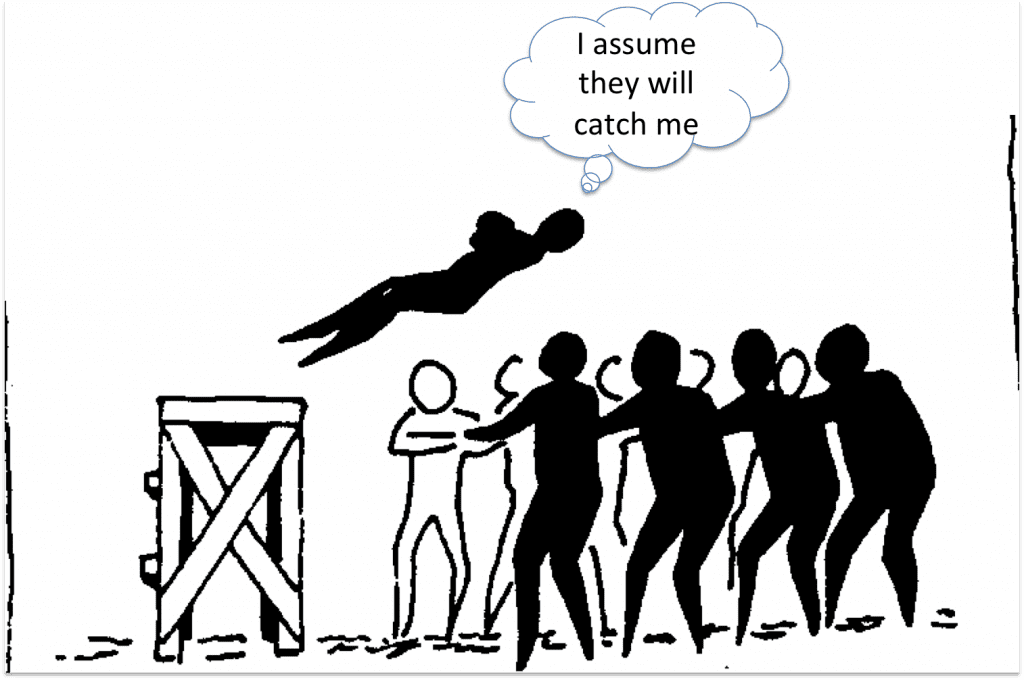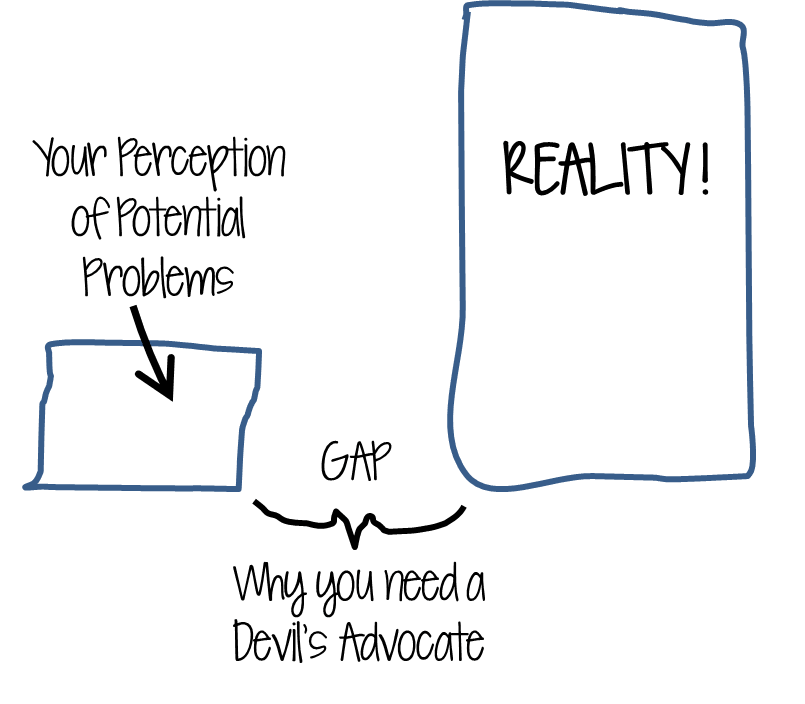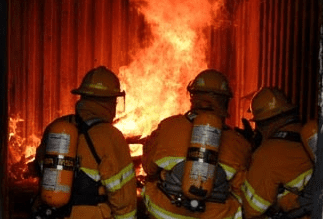Duty to Die Syndrome
I recently sent out a message across my social media networks (Twitter, Facebook and LinkedIn) about bravado being a barrier to situational awareness. The message, in case you missed it, read: Bravado: The purposeful ignorance of critical signs of danger coupled with a sense of invincibility. A barrier to situational awareness. First responders sometimes confuse […]
Duty to Die Syndrome Read More »










